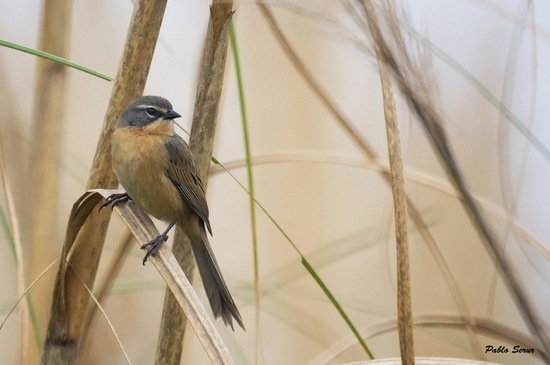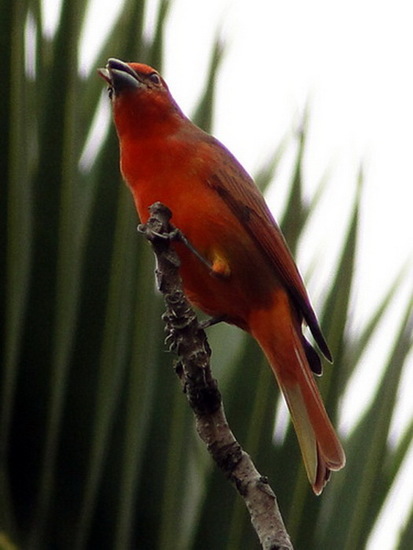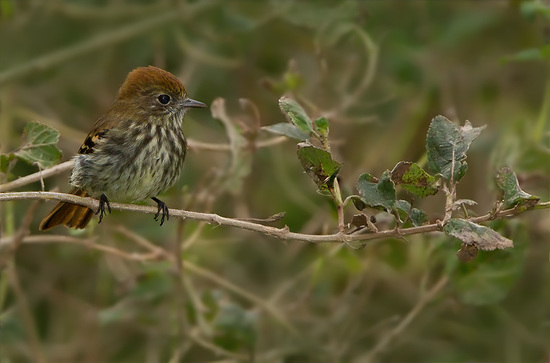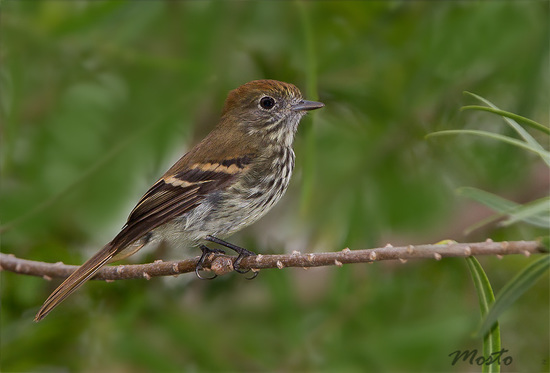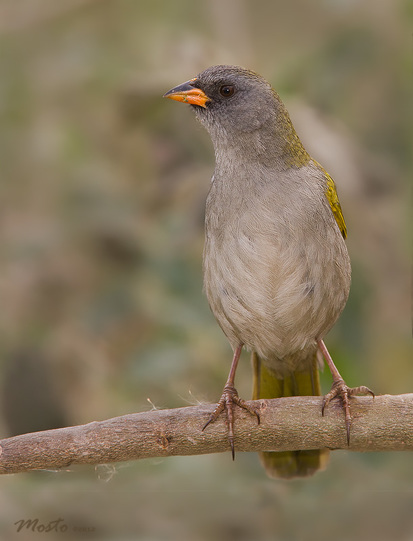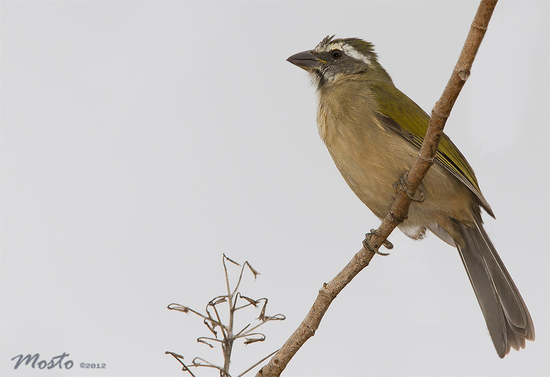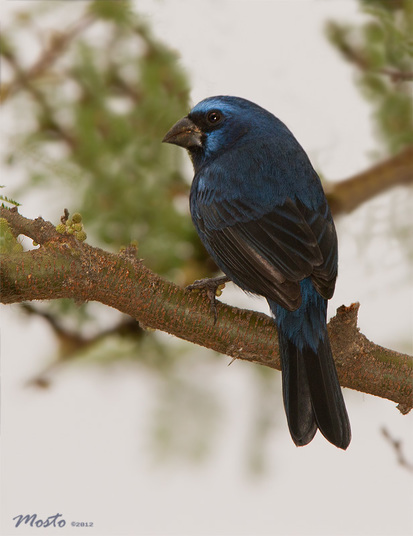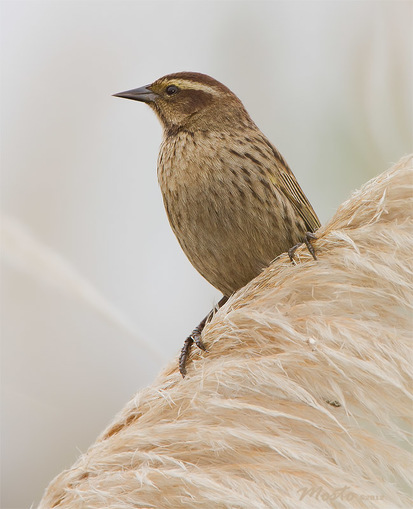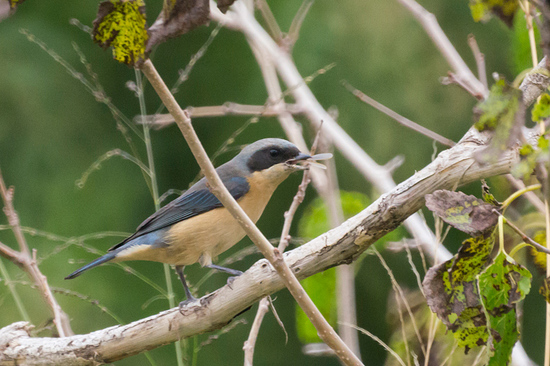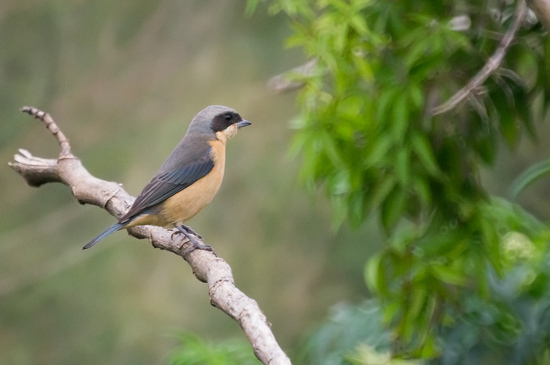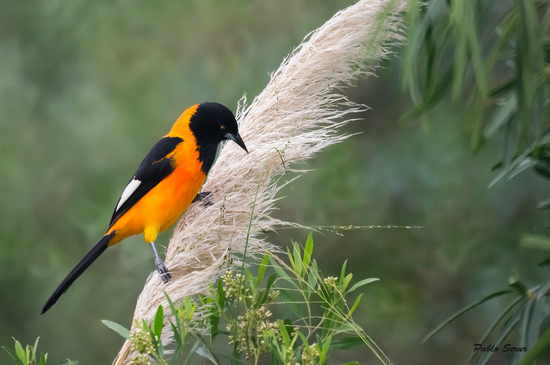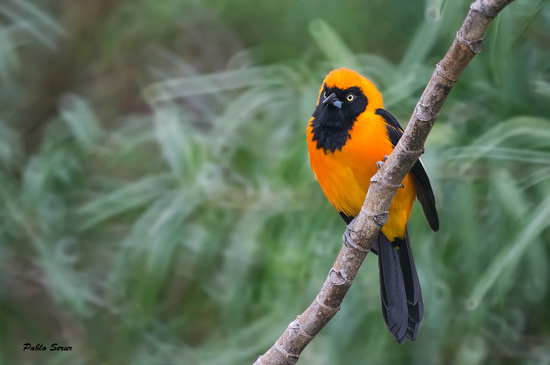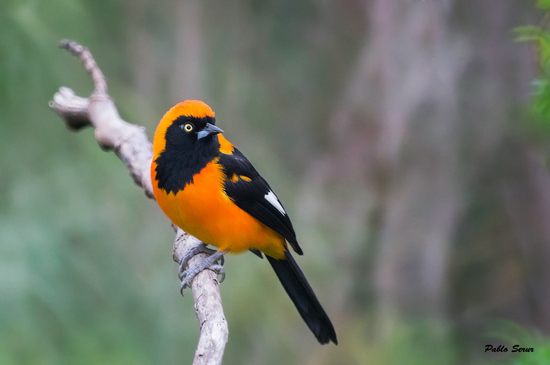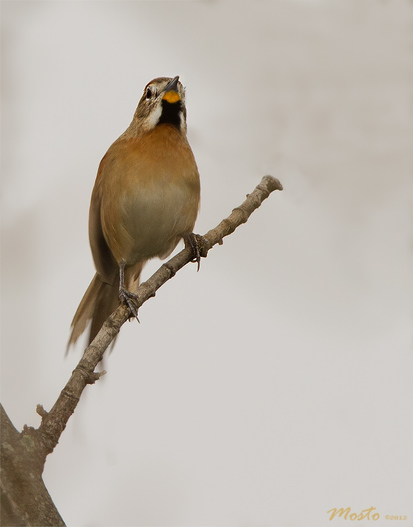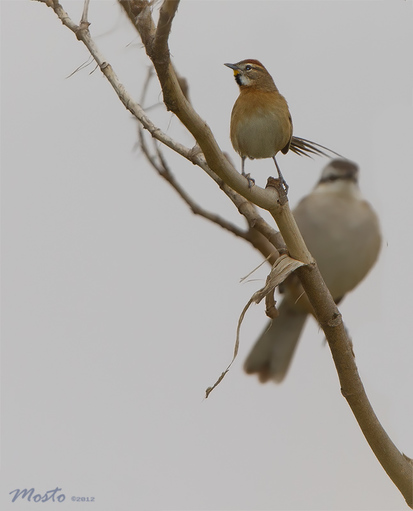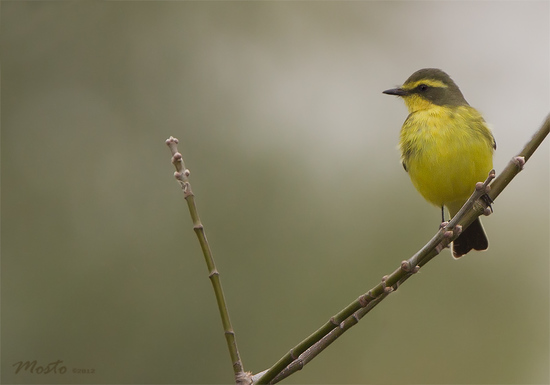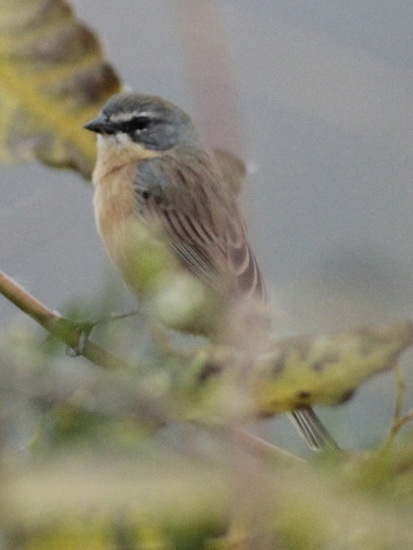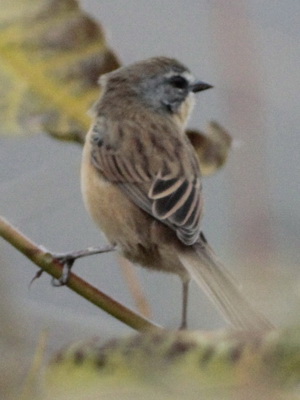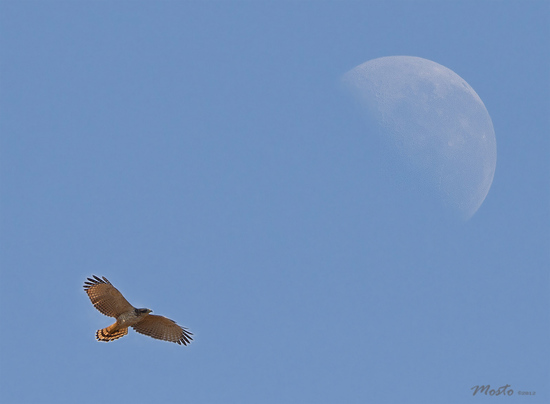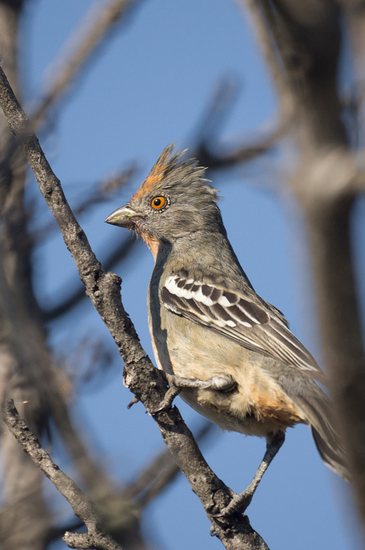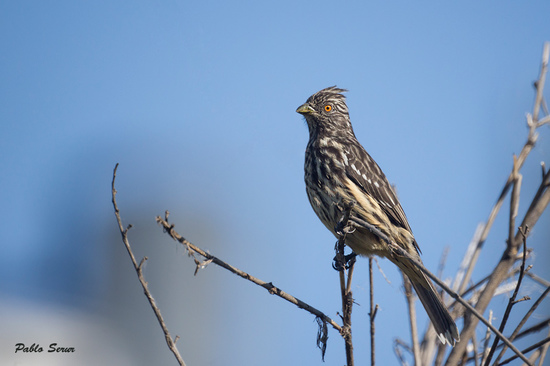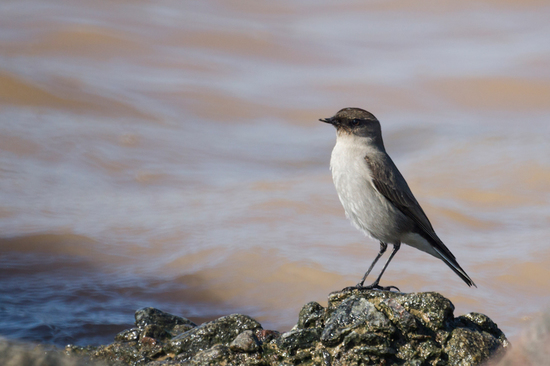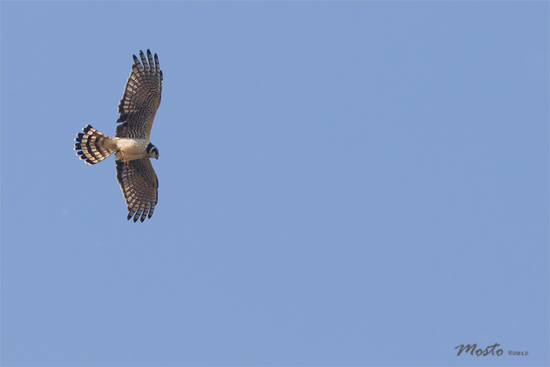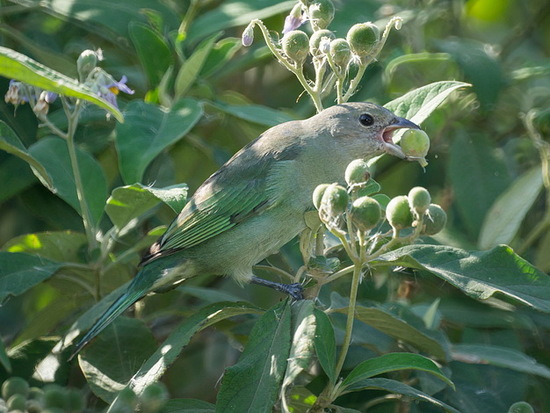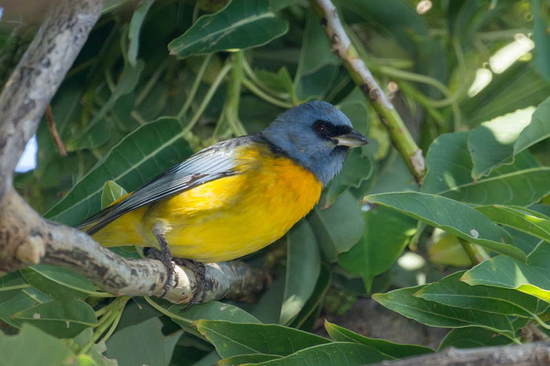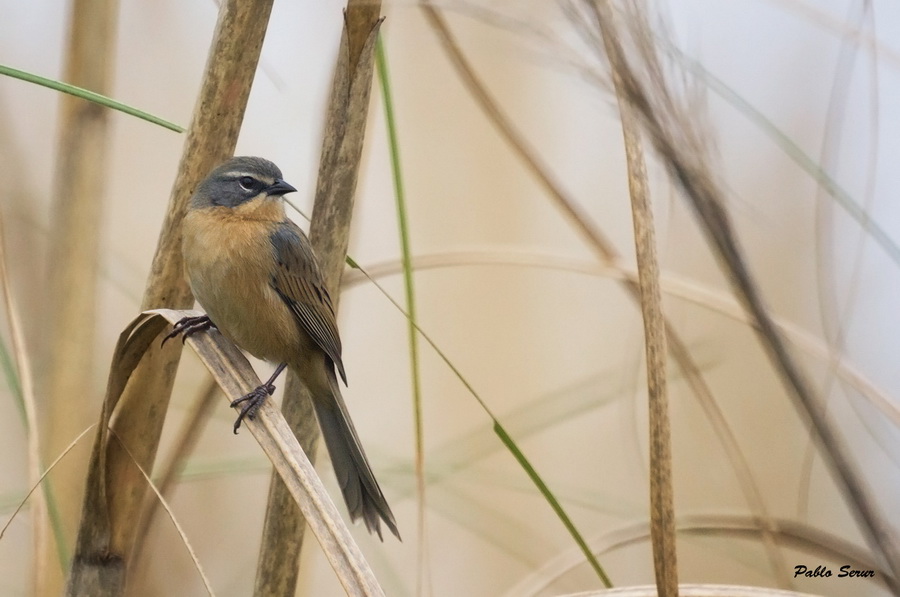News - May 2012
The Urutu Pit Viper is a venomous snake. That's why, we must be careful in case we find an individual. It is advisable to report it immediately to the Reserve staff so that it might be captured by trained people. NEVER do it yourself. Bites may cause very serious consequences. Lucas Damer, who was trained at the Instituto Malbrán to handle this type of situations, explains to us that the bite of this snake must be treated within the first eight hours so that symptons can be taken in good time. This viper's venom is hemotoxic, which causes skin necrosis and produces internal bleeding. an>
In case of a bite it is IMPERATIVE to take the bitten person to the Hospital Muñiz, center especialized in snake accidents - Uspallata 2272, to be treated with antivenom as soon as possible. How to help:
DO NOT APPLY A TOURNIQUET, DO NOT INCISE THE BITTEN SITE, DO NOT SUCK THE POISON OUT OF THE WOUND, WASH THE WOUND AND TAKE THE BITTEN PERSON TO THE HOSPITAL
Venom is inoculated through the fangs. The fangs are sited on a small jawbone, which rotates. If the mouth is shut, the fangs remain folded along the upper mandible and are not visible. When the mouth is opened, they move to a perpendicular position. As the jaws open widely too, the fangs can inject venom deep into the prey's flesh. They have an inner duct that connects to the venom gland. This gland is behind the eyes, that is why it looks like an arrowhead.
The voice of the mockingbird led me to a caracara which was tearing off leaves and branches. The yells attracted another five mockingbirds. From a dried tree they swooped down on the caracara. Like the Chimango caracara, the Southern Caracara ignored the attacks even the overt ones. The caracara kept pulling branches for a while and then left.
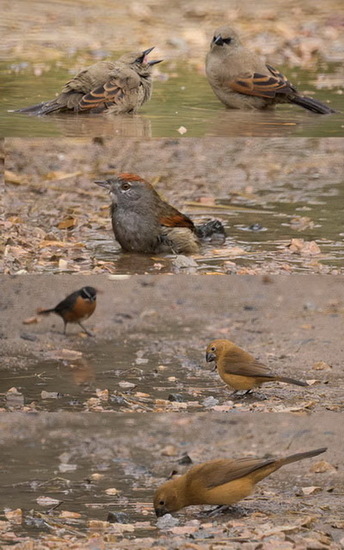
A characteristic feature of puddles is that they gather birds. There they go to bathe: a way to keep their feathers fit. These are neutral areas, where the degree of conflict seems null. No bothering, no interfering, each one in his own business. The priority is a valueless treasure for birds: their feathers. In the same puddle a Bay-winged Cowbird and a Sooty-fronted Spinetail in a dip. Standing or squatting they splash water all over themselves. Once feathers are wet they move away to dry them. The Black-and-rufous Warbling-Finch is indecisive and the Ultramarine Grosbeak approached only to take a sip. Not far away was a male Ultramarine Grosbeak which flew by and was joined by the bird in puddle.


